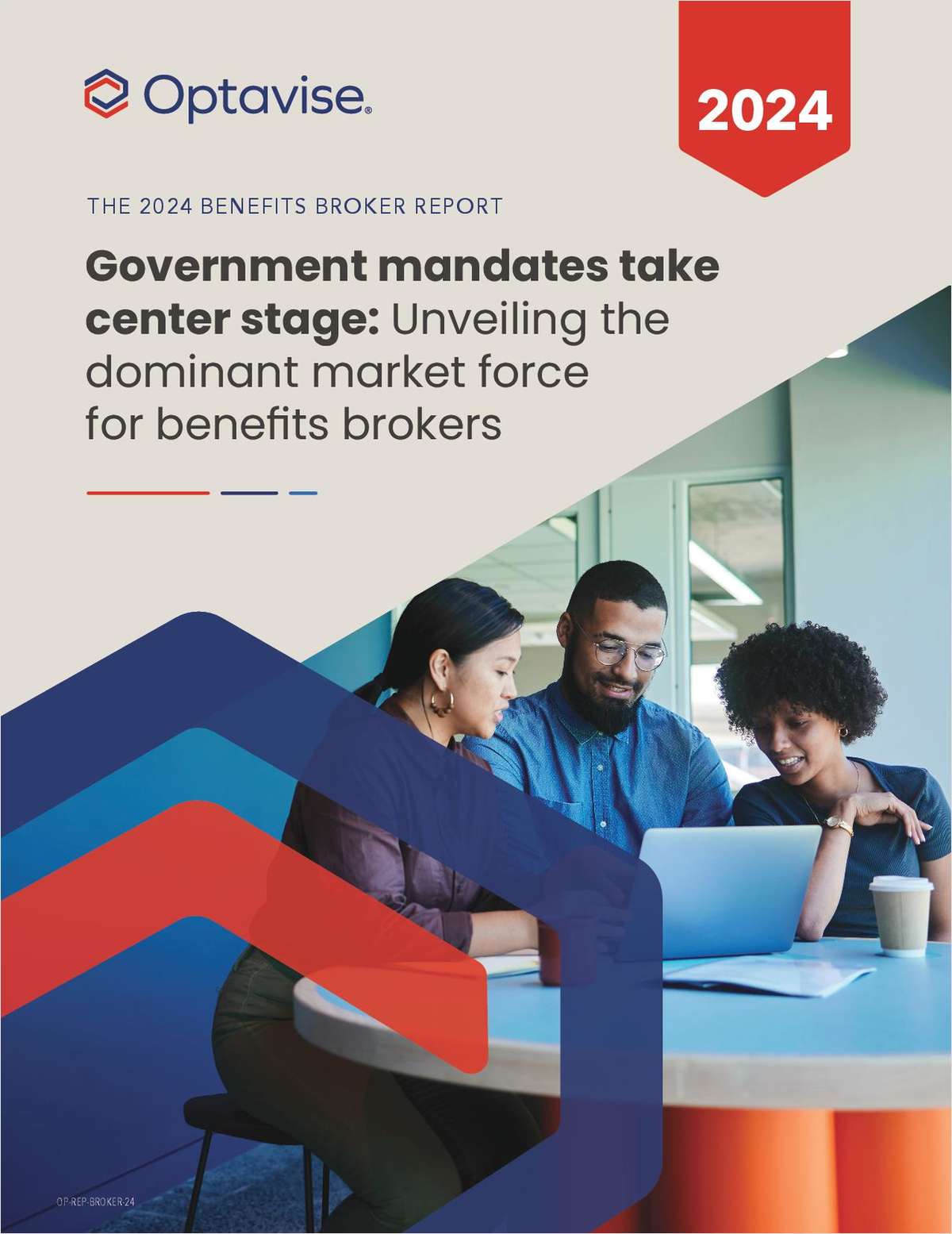While the percentage of Americans who lack health insurance hasdropped significantly in recent years due to the Affordable CareAct, many of the newly insured have high-deductible plans that still leave themwith big hospital bills they can’t pay.
|The trend towards high-deductible plans is worrisome not only tocustomers but to hospitals, which have experienced an increase inthe number of insured patients who aren’t able to pay what they owe forservices.
|“(R)ecent findings indicate that very high-deductible plan customers may pay at arate more similar to that of uninsured patients," says BrianSanderson, managing principal of the health care services group atCrowe Horwath LLP, which recently conducted an analysis of the way in which hospitalsdetermine which bills will most likely be paid.
|The higher the bill, the less likely a patient with ahigh-deductible plan is going to pay all or some of it, theanalysis finds. For instance, the hospital is more than four timesas likely to collect payment for a balance of more than $5,000 froma patient with a low-deductible health plan.
|More specifically, the payment rate for balances between $1,450and $5,000 is only 25 percent for those with high-deductible healthplans. That decreases to 10 percent for balances between $5,000 and$7,500, 4.1 percent for those between $7,500 and $10,000. For billsgreater than $10,000, the payment rate is a measly 0.9 percent.
|Traditionally, the report notes, hospitals have onlydistinguished between insured and uninsured patients in theirpayment portfolios, with the recognition that collecting from theuninsured patients will likely be much more difficult. However, dueto the big differences in payment rates based on the type ofinsurance, Crowe suggests that they begin to distinguish betweenpatients with high-deductible plans and those withlow-deductibles.
|“Parsing accounts based on patient balance will prove aparticularly insightful analysis for any finance team and likelywill create a more reliable collectability factor based onhistorical experience,” it concludes.
|Another major factor that hospital leaders have blamed for poorpayment rates is the trend towards health plans with narrownetworks. Because many plans, particularly those purchased throughthe ACA exchanges, do not include a broad network of physicians andspecialists, many insured patients are going to the emergency roomfor basic care, according to a 2015 report by the American Academy ofEmergency Physicians.
Complete your profile to continue reading and get FREE access to BenefitsPRO, part of your ALM digital membership.
Your access to unlimited BenefitsPRO content isn’t changing.
Once you are an ALM digital member, you’ll receive:
- Critical BenefitsPRO information including cutting edge post-reform success strategies, access to educational webcasts and videos, resources from industry leaders, and informative Newsletters.
- Exclusive discounts on ALM, BenefitsPRO magazine and BenefitsPRO.com events
- Access to other award-winning ALM websites including ThinkAdvisor.com and Law.com
Already have an account? Sign In
© 2024 ALM Global, LLC, All Rights Reserved. Request academic re-use from www.copyright.com. All other uses, submit a request to [email protected]. For more information visit Asset & Logo Licensing.








